THE STORY OF MAKE-N-PLAY, THE THINGMAKERS
by EDGAR BURNS
Mattel was a medium-sized toy company, mostly catering to girls, because of Barbie. Barbie made almost all the profits. Mattel also had some pre-school items, some western guns and some games, but nothing exciting for boys. Although Mattel had several dozen designers, nobody came up with anything exciting for boys.
The Marvin Glass Organization was a group of toy inventors that made nice working models of their designs and then tried to sell them to toy manufacturers for a price, plus royalty. They offered the Vac-U-Form to Mattel and it seemed exactly what Mattel needed, an exciting boys' item that would need a lot of accessories for years to come. They bought it and it hit the market in 1964, even though the price was somewhat high.
I had been designing toys for Eldon for 6 years. Since they were not very accepting of new ideas, I transferred to Mattel in late 1963.
In 1964 Mattel was anxious to expand on the Vac-U-Form and a memo was sent to all designers asking for ideas. Apparently nobody came up with any good ones. A few weeks after I arrived I was shown the memo, and after some thinking I thought I had the answer. We already had the heater in the Vac-U-Form and if we made metal molds we could perhaps use liquid plastisols to let the kids make their own toys. But I would have to prove that a plastisol could be formulated that does not separate in the bottle, that cures at low temperatures and that gives us a color change when the toy is "cured". I suggested this and there was much skepticism i.e. that it would never work, that children cannot handle liquids, that they might leak during shipment etc. But I was given a small budget to prove my point as an add-on to the Vac-U-Form.
There was a small magic store not far away that sold various kinds of plastic bugs. I bought some and had the Mattel model shop attach them to a plastic base and then had a vendor metal plate them up to form a mold. Then I made lots of bugs in different colors and passed them around to management and marketing at the next new products conference. They all got very excited and gave me a bigger budget to do the preliminary design of the Vac-U-Maker to show what this toy could do. This was the birth of the Vac-U-Maker.
After about a month Marketing decided that the Vac-U=Maker would be rather expensive and asked if I could design a free-standing low-cost heater as part of a Creepy Crawler set. Of course I could and did this. That was the birth of the Creepy Crawler set.
I finished designing in late 1964 and the above 2 sets caused quite a sensation at the New York toy fair in Feb. 1965 as the many bugs that I had made were passed around. Of course I had the help of artists, the model shop, costing department, package designers, chemists and marketing. I am an engineer and not an artist. In the following years I designed the next few sets, but gradually became less active in them as I was asked to invent and design other Make-N-Play items. (Incredible Edibles, Strange Change, Toot Sweet, Jillions of Jewels,etc.)
It was a lot of fun, but had work, but I got much recognition in return. Years later I was told that Creepy Crawlers sold more than any other boys' toy ever, measured by sales $ value. Thingmakers were in the top 10 Hit Parade for years to come, as published in "Toy and Hobby World".
EDGAR BURNS

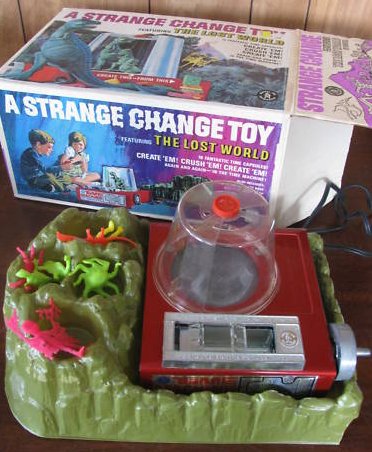
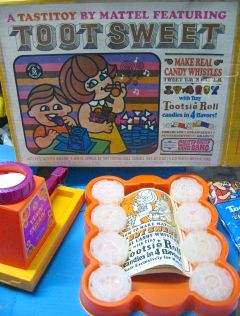

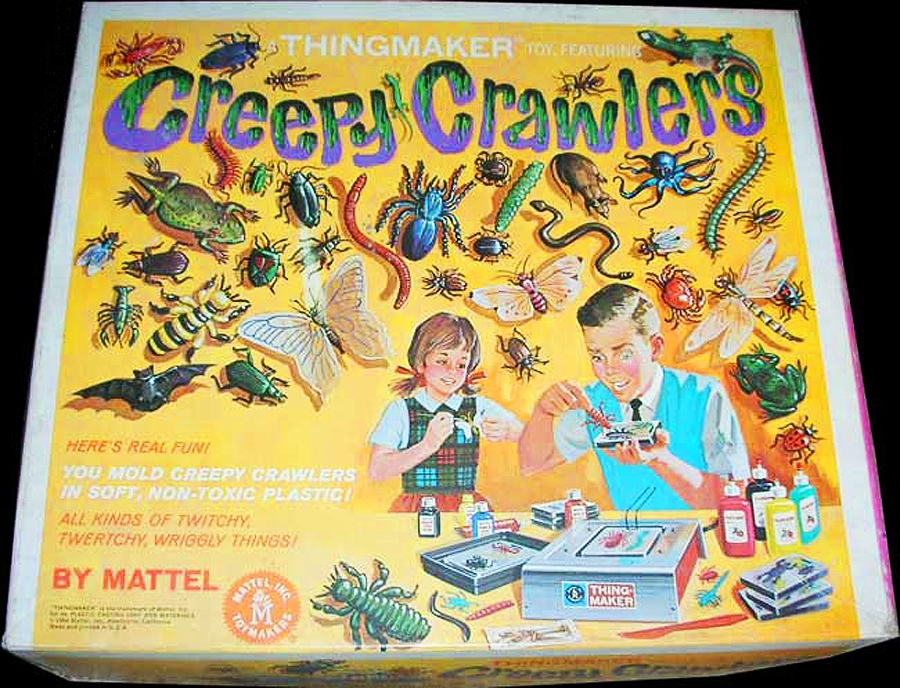

 | ||||||
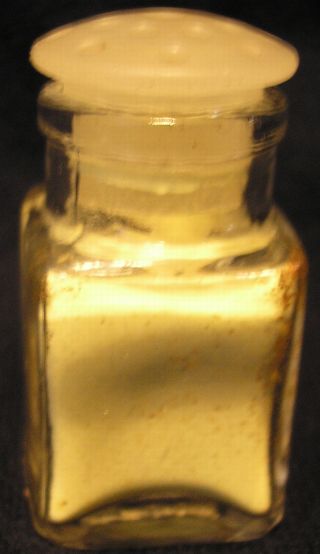
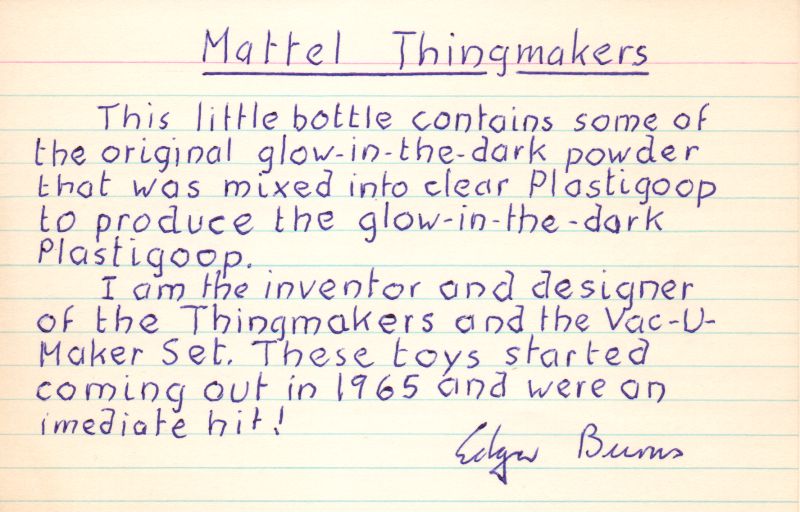
EDGAR BURNS
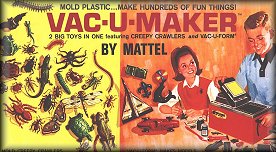
Want to know more about the history behind the Mattel Thingmaker and Mattel Make -N- Play Toys?
The account below was written by
my friend Edgar Burns.
Edgar Invented and designed toys for Mattel for many years, mainly the Thingmaker series, starting in 1964. He tells a little about his time at Mattel and How the Thingmaker that we all knew and loved as kids and cherish as adults came about.
THINGMAKER HISTORY